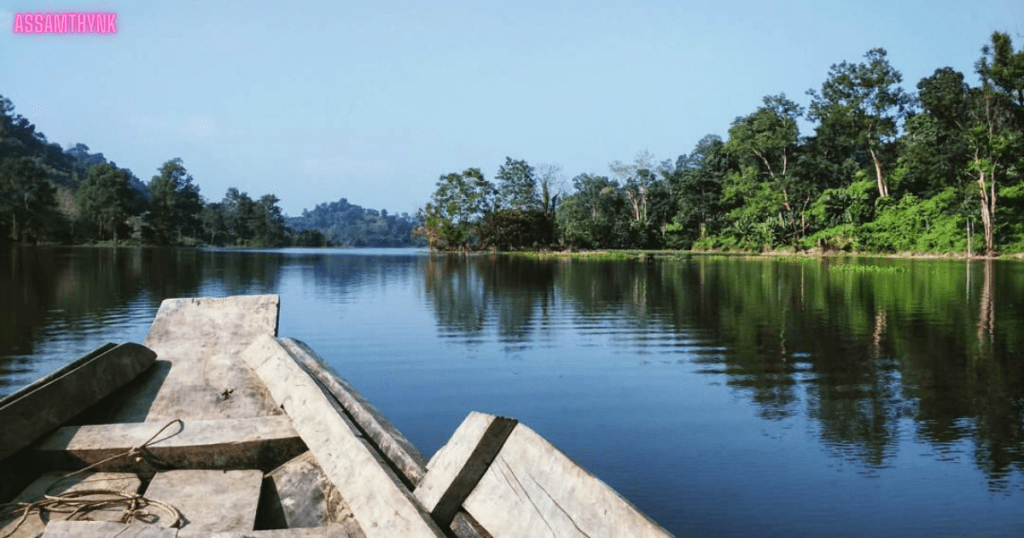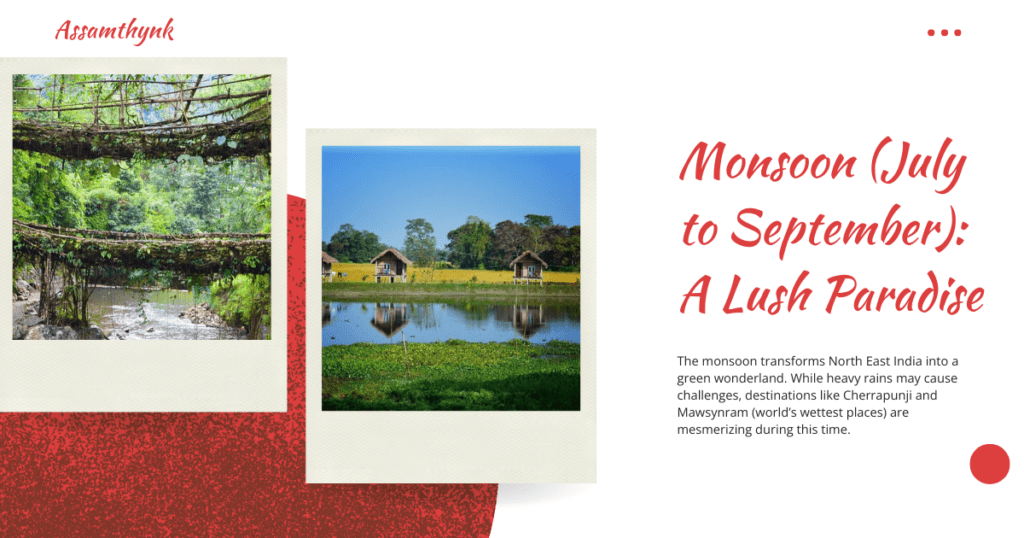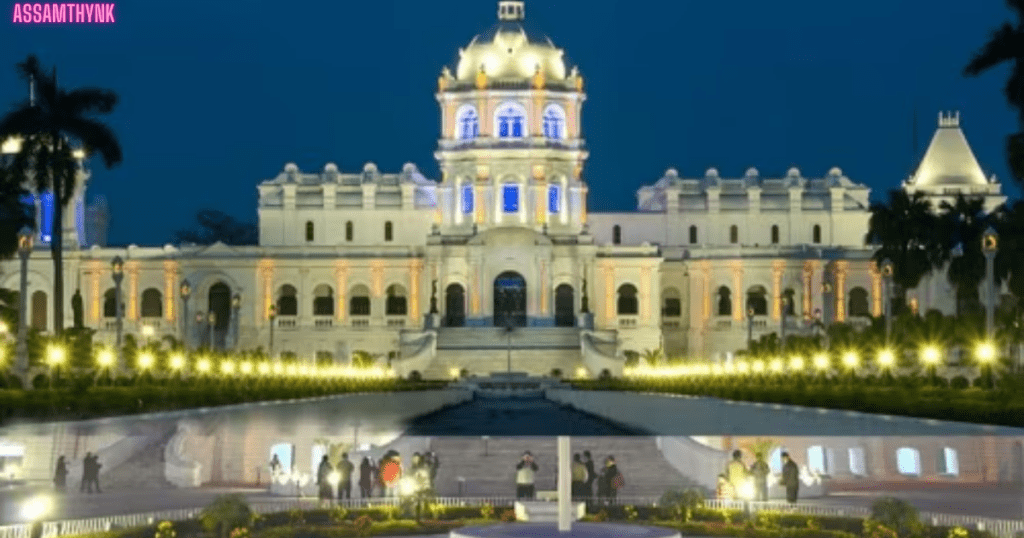Introduction
Dumboor Lake, a mesmerizing water body nestled in the heart of Tripura, is a hidden gem waiting to be explored. Located in the Gandacherra subdivision of Dhalai district, this picturesque lake is surrounded by lush green hills and dense forests, making it a paradise for nature lovers and adventure seekers alike. With an area spanning approximately 41 square kilometers and dotted with around 48 islets, Dumboor Lake is not just a scenic wonder but also an ecological treasure trove.
The Name and Mythological Significance
The name ‘Dumboor’ is derived from the shape of the lake, which resembles the small drum (Dumboor) carried by Lord Shiva. According to local legends, the lake is believed to have mythological significance, adding a spiritual dimension to its allure. Some even believe that the lake has divine blessings, making it a serene and mystical destination.
Geography and Natural Beauty
Dumboor Lake is a confluence of the Raima and Sarma rivers, forming a vast reservoir of crystal-clear water. The lake is surrounded by verdant forests, rich in flora and fauna, providing a pristine environment for visitors. During sunrise and sunset, the shimmering reflection of the sun on the lake creates a breathtaking sight, captivating all who visit.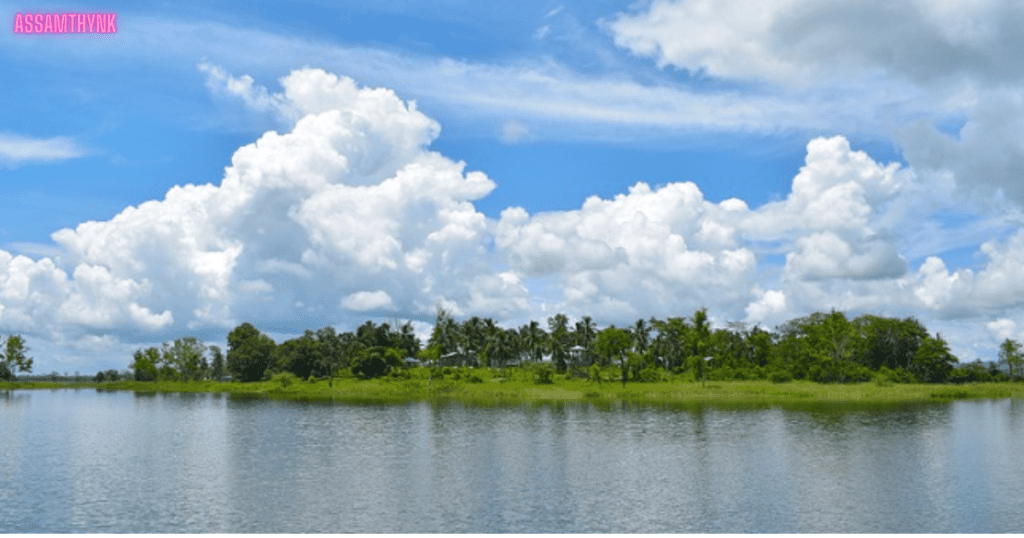
One of the major attractions of Dumboor Lake is its floating vegetation. The presence of these green patches on the water adds to the charm of the lake, making it look like a scene from a dream. The entire landscape is an idyllic retreat for photographers, birdwatchers, and nature enthusiasts.
Biodiversity and Wildlife
Dumboor Lake is home to a rich variety of aquatic and terrestrial wildlife. The lake serves as a habitat for numerous species of fish, making it a significant fishing hub for local communities. Additionally, migratory birds frequent the lake, especially during winter, turning it into a birdwatcher’s paradise.
The surrounding forests are teeming with wildlife, including deer, wild boars, and numerous species of butterflies. The biodiversity of this region adds to the ecological significance of the lake, making it a crucial area for conservation efforts.
Activities and Attractions
Dumboor Lake offers a plethora of activities for visitors, making it an excellent destination for adventure seekers and leisure travelers alike.
1. Boating and Fishing
Boating in Dumboor Lake is one of the most popular activities. Tourists can hire boats to explore the lake and its numerous islands. The gentle ripples of the water, combined with the lush greenery, create a tranquil and refreshing experience.
Fishing is another significant activity, as the lake is home to a wide variety of fish species. Local fishermen engage in sustainable fishing practices, providing fresh catches that are a delight for seafood lovers.
2. Island Exploration
Dumboor Lake has around 48 small islands, each with its own unique charm. Exploring these islands can be an exciting experience, allowing visitors to witness untouched natural beauty. Some islands are inhabited by local tribal communities, offering tourists a glimpse into their traditional way of life.
3. Birdwatching
For bird enthusiasts, Dumboor Lake is a paradise. Migratory birds from different parts of the world visit the lake, especially during the winter season. Tourists can spot various bird species, including egrets, kingfishers, herons, and many more.
4.Picnicking and Camping
Dumboor Lake is an excellent location for picnicking with family and friends. The lush greenery, fresh air, and scenic beauty make it a perfect spot to relax and unwind. For those seeking adventure, camping near the lake offers an opportunity to experience nature up close, with the soothing sounds of the water and the chirping of birds creating a surreal ambiance.
5. Local Culture and Tribal Heritage
The region around Dumboor Lake is inhabited by indigenous tribal communities, such as the Tripuris, Chakmas, and Reangs. Visitors can interact with these communities to learn about their unique customs, traditions, and handicrafts. The tribal way of life, deeply connected with nature, provides an enriching cultural experience.
Pilak: A Nearby Historical Site
For history buffs, a visit to the nearby Pilak archaeological site is a must. Located around 20 kilometers from Dumboor Lake, Pilak features ancient rock carvings and sculptures from the 8th to 12th centuries, reflecting Buddhist and Hindu influences. These relics provide insights into the region’s rich historical past.
How to Reach Dumboor Lake
Dumboor Lake is well connected by road and can be reached from different parts of Tripura. Here’s how travelers can get there:
By Air
The nearest airport is Maharaja Bir Bikram Airport in Agartala, approximately 120 kilometers from Dumboor Lake. From the airport, tourists can hire taxis or take buses to reach the lake.
By Rail
The nearest railway station is in Ambassa, about 75 kilometers away. From there, visitors can take local transport to the lake.
By Road
Dumboor Lake is well connected by road, and buses or private taxis can be hired from Agartala, Udaipur, or other nearby towns.
Accommodation and Facilities
While there are no luxury hotels near Dumboor Lake, visitors can find decent lodging options in nearby towns such as Gandacherra and Ambassa. Eco-resorts and homestays run by local communities provide an immersive experience, allowing tourists to enjoy the serene environment while supporting sustainable tourism.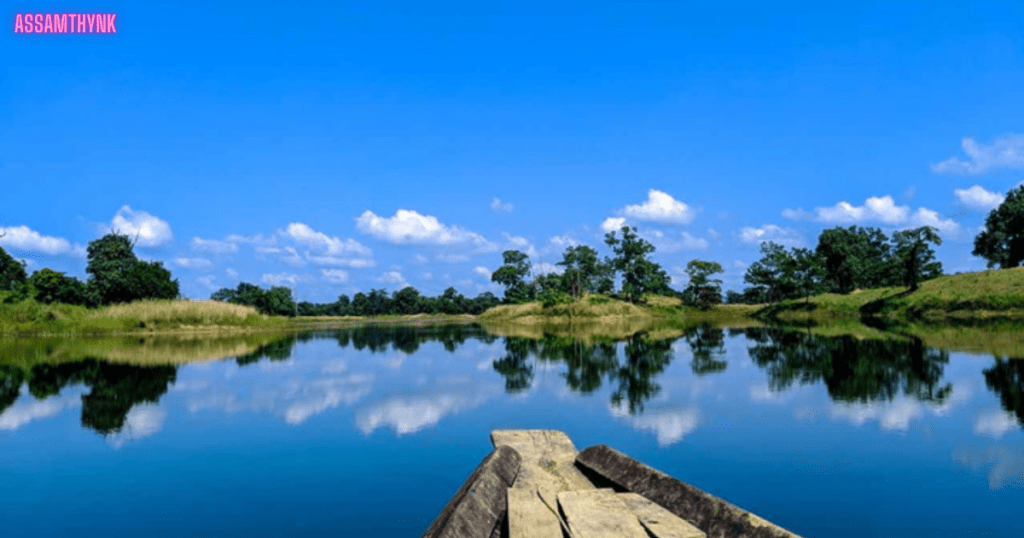
Basic facilities such as food stalls and small eateries are available near the lake, serving local Tripuri delicacies. Visitors can relish traditional dishes made from fresh fish, bamboo shoots, and indigenous spices.
Natural Beauty and Scenic Splendor
Tripura is a hidden gem of Northeast India, offering breathtaking natural beauty and scenic splendor. The lush green hills, serene lakes, and dense forests make it a paradise for nature lovers. Among the tourist places in Tripura, Dumboor Lake stands out with its crystal-clear waters and small islands, perfect for boating and birdwatching. Jampui Hills offers panoramic views and orange orchards, while Chhabimura mesmerizes visitors with its rock carvings along the Gomati River. The state’s diverse landscapes, from rolling valleys to sparkling waterfalls, provide a tranquil escape, making Tripura an ideal destination for those seeking peace and natural charm.
Its Safe to Travel Dumboor Lake
Yes, Dumboor Lake is safe to travel and is a peaceful destination in Tripura. The area is well-connected by road, and local authorities ensure a secure environment for tourists. The lake’s surroundings are inhabited by friendly tribal communities, making it a welcoming place for visitors.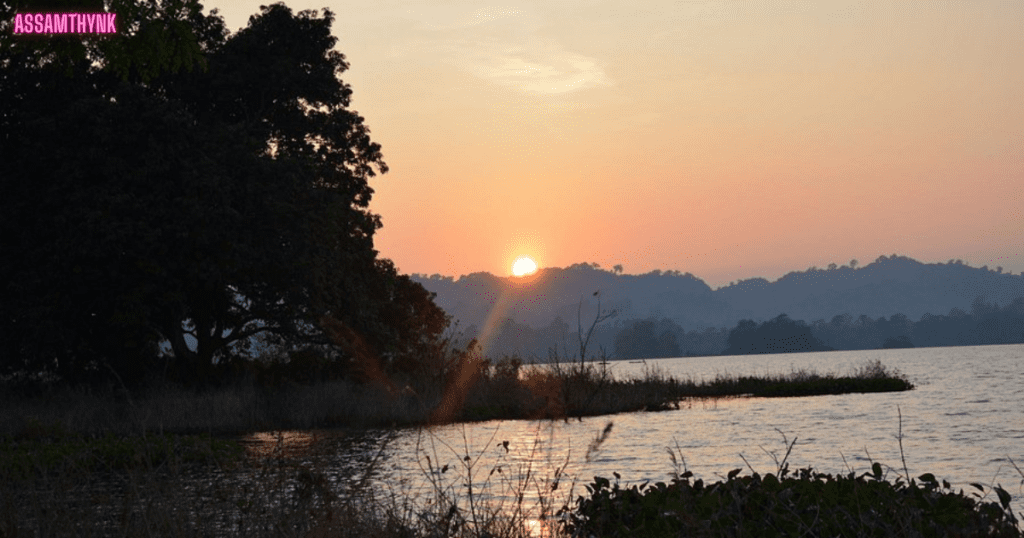
The best time to visit is between November and March, when the weather is pleasant and travel conditions are ideal. However, during the monsoon season (June–September), roads may become slippery, so caution is advised. As with any trip, basic travel precautions and local guidance will ensure a smooth and enjoyable experience at Dumboor Lake.
Conservation and Sustainability
Dumboor Lake is an ecological hotspot, and efforts are being made to conserve its natural beauty and biodiversity. Sustainable tourism practices, including responsible waste management and eco-friendly boating, are encouraged to preserve the lake’s pristine condition. Visitors are urged to respect the environment by not littering and avoiding any activities that could harm the ecosystem.
Dumboor Lake, a stunning waterbody in Tripura, is surrounded by several noteworthy attractions that showcase the state’s rich cultural and natural heritage.
Nearby Attractionsof Dumboor Lake
- Ujjayanta Palace – Ujjayanta Palace Located in Agartala, about 120 km from Dumboor Lake, this magnificent palace was once the royal residence of the Manikya kings. Now, it serves as a state museum showcasing Tripura’s history, art, and culture.
- Kalyan Sagar Lake – Kalyan Sagar Lake Situated near the Tripura Sundari Temple in Udaipur, approximately 90 km from Dumboor Lake, this serene lake is known for its large population of sacred tortoises and religious significance.
- Tripura Sundari Temple – One of the 51 Shakti Peethas, this ancient temple in Udaipur is dedicated to Goddess Tripura Sundari. It attracts devotees and tourists alike.
- Chhabimura – Famous for its rock carvings of Hindu deities on the banks of the Gomati River, Chhabimura offers a mix of heritage and adventure. It is around 80 km from Dumboor Lake.
- Neermahal – The only water palace in Eastern India, Neermahal is a stunning blend of Hindu and Mughal architecture. It is located on Rudrasagar Lake, about 100 km from Dumboor Lake.
- Baramura Eco Park – If you love nature and scenic landscapes, this eco-park near Baramura Hills is a great spot for relaxation and sightseeing.
- Jampui Hills – Known for its lush greenery, orange orchards, and pleasant climate, Jampui Hills is a must-visit destination, providing breathtaking views of the surroundings.
Conclusion
Dumboor Lake is a captivating destination that remains relatively unexplored, making it an ideal getaway for travelers seeking tranquility, adventure, and cultural experiences. With its breathtaking landscapes, rich biodiversity, and cultural significance, this lake is undoubtedly one of Tripura’s most enchanting tourist spots. Whether you’re an adventure enthusiast, a nature lover, or someone looking for a peaceful retreat, Dumboor Lake promises an unforgettable experience.

